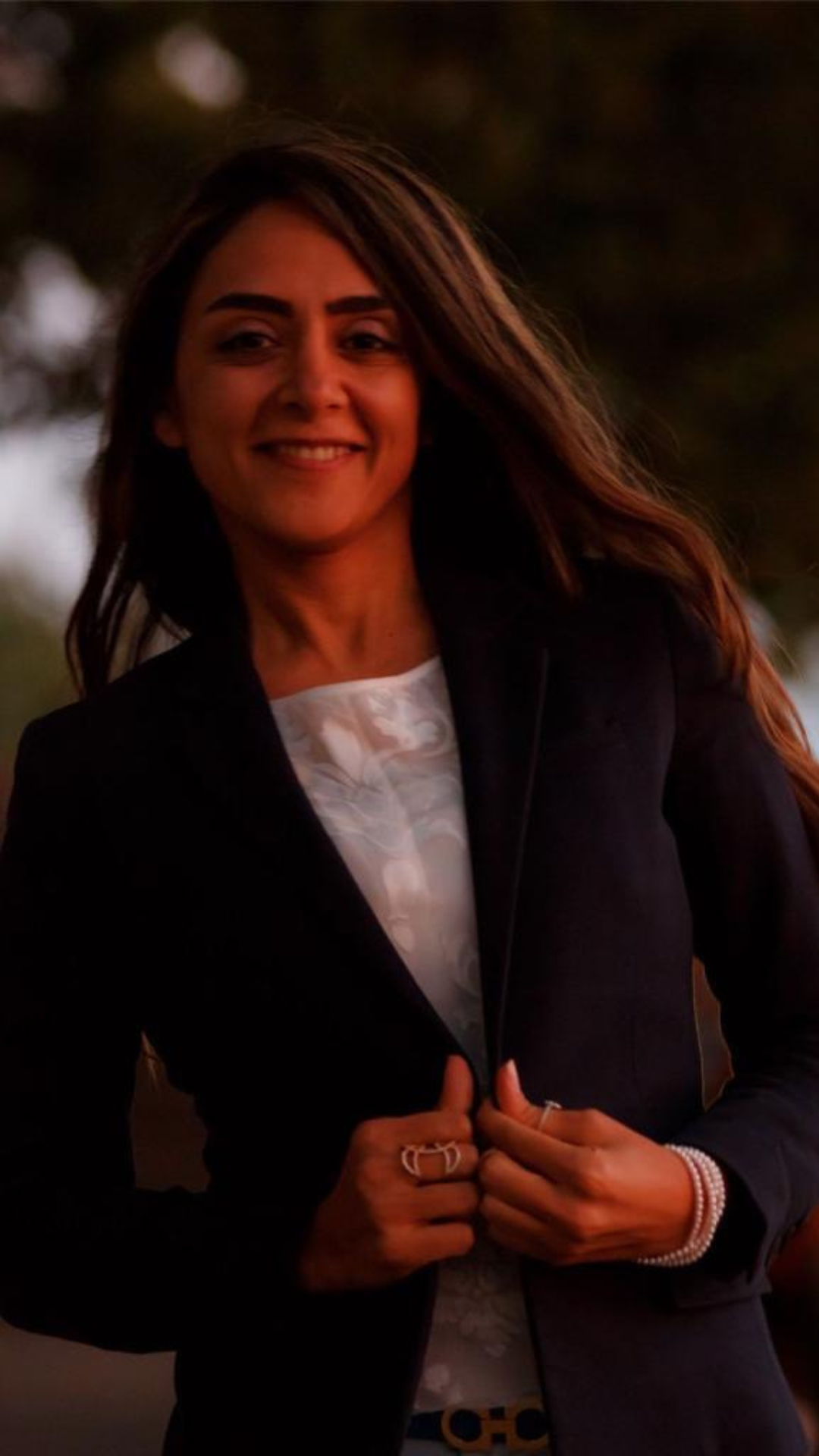My Story
My Journey: From Persian Gardens to a Global Design Language
Welcome to my paradise, where tradition meets innovation, and design becomes a bridge between culture, nature, human and technology. My journey began in Tehran, surrounded by the timeless beauty and profound symbolism of Persian gardens. As a curious environmental engineering student, I found myself captivated by a single question:
What makes Persian gardens endure for centuries, resonating across cultures and climates?
This question planted a seed in my mind, one that grew into a lifelong quest to understand the deeper meaning of design and its potential to address the challenges of our modern world.
From Iran to Switzerland: A Journey of Discovery
After working on significant environmental projects in Iran, I realized I wanted to create something more than technical solutions. I wanted to design spaces that tell stories, foster connection, and embody sustainability.
An internship at Vogt Landscape Architects in Munich became a turning point. Observing Professor Günther Vogt’s work, I noticed echoes of Persian garden principles woven into his contemporary designs. Inspired, I joined him in Switzerland to pursue my master work at ETH Zurich. My work explored “The Role of Water in the Sustainability of Persian Gardens,” blending ecological wisdom with cultural heritage.
But this was just the beginning. The Chahar Bagh, the Persian garden archetype, revealed itself as more than an architectural form. It was a universal framework for harmony—one that could integrate ecological balance, cultural depth, spiritual and human connection.
The Missing Piece: Technology
While working on large-scale projects with Uniola AG and other leading firms in Switzerland, I encountered the transformative potential of artificial intelligence. What if AI could help us scale the timeless principles of the Chahar Bagh to address today’s urban challenges—climate change, biodiversity loss, and cultural disconnection?
I began to see AI not as a cold, technical tool but as a creative partner. It became the translator of ancient wisdom into modern solutions. With AI, I could simulate complex urban ecosystems, predict climate impacts, and integrate cultural and ecological principles into urban planning in unprecedented ways.
A Global Design Language
This realization marked the birth of my vision: a new global design language that bridges the past and the future. Inspired by the Chahar Bagh and powered by AI, this framework unites ecology, culture, technology, and psychology to create cities that are not only sustainable but deeply human.
My work today is about more than designing spaces—it is about reshaping how we coexist with the planet and with each other. From Orient to Occident, from ancient gardens to cutting-edge technology, my journey reflects a deep commitment to building a world where tradition and innovation thrive together.
